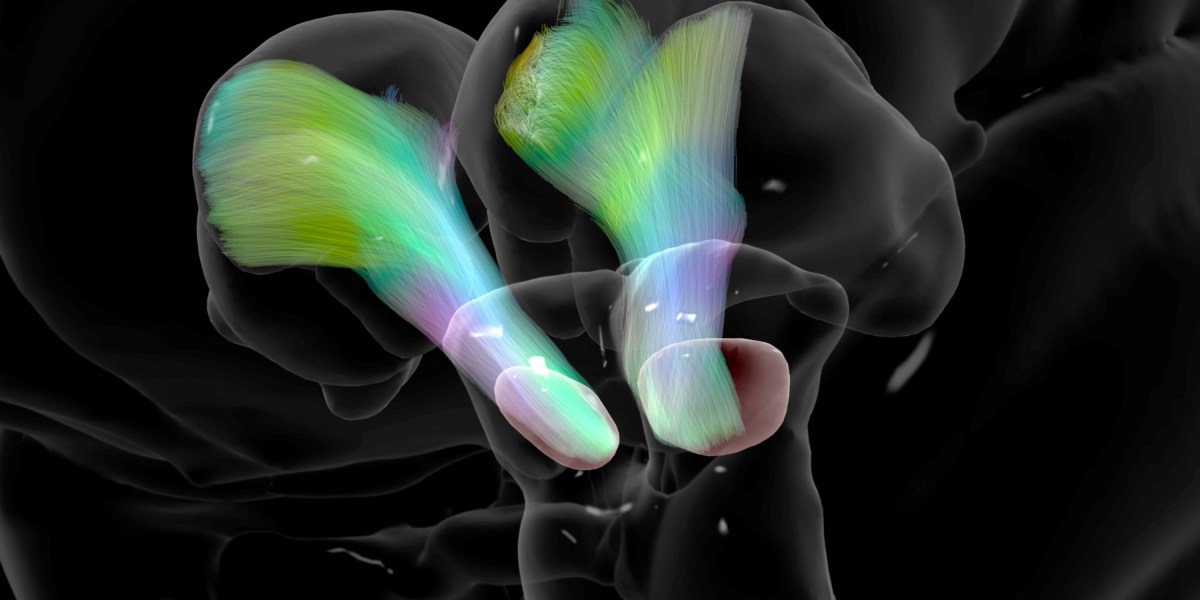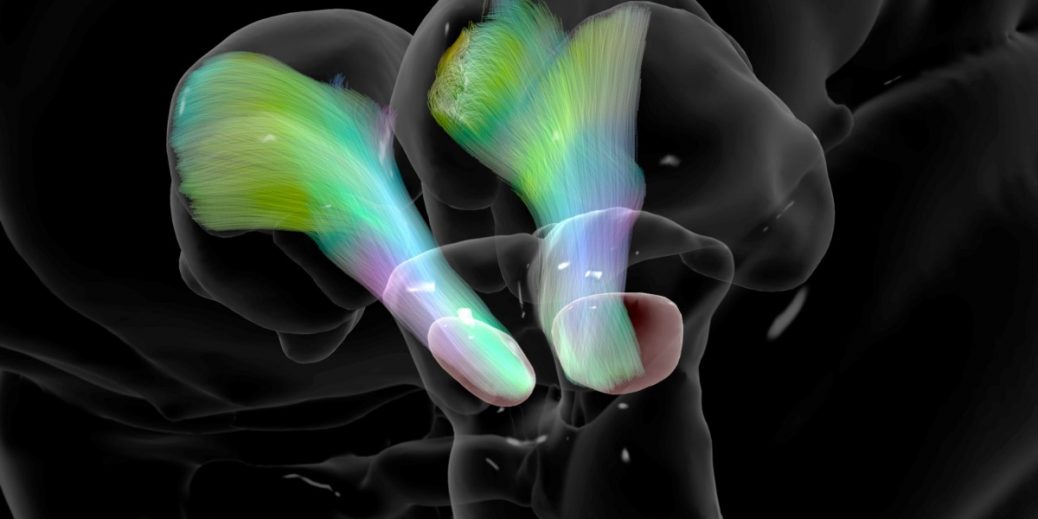
I’m not sure how much money has been plowed into embryonic stem cells so far, but it’s definitely in the billions. And in many cases, the original proof of principle that cell transplants might work is actually decades old—like experiments from the 1990s showing that pancreas cells from cadavers, if transplanted, could treat diabetes.
Cells derived from human cadavers, and sometimes from abortion tissue, make for an uneven product that’s hard to obtain. Today’s stem-cell companies aim instead to manufacture cells to precise specifications, increasing the chance they’ll succeed as real products.
That actually isn’t so easy—and it’s a big part of the reason for the delay. “I can tell you why there’s nothing: it’s a manufacturing issue,” says Mark Kotter. He’s the founder of a startup company, Bit Bio, that is among those developing new ways to make stem cells do researchers’ bidding.
While there aren’t any treatments built from embryonic stem cells yet, when I look around biology labs, these cells are everywhere. This summer, when I visited the busy cell culture room at the Whitehead Institute, on MIT’s campus, a postdoc named Julia Juong pulled out a plate of them and let me see their silvery outlines through a microscope.
Juong, a promising young scientist, is also working on new ways to control embryonic stem cells. Incredibly, the cells I was looking at were descendants of the earliest supplies, dating back to 1998. One curious property of embryonic stem cells is that they are immortal; they keep dividing forever.
“These are the originals,” Juong said.





Recent Comments